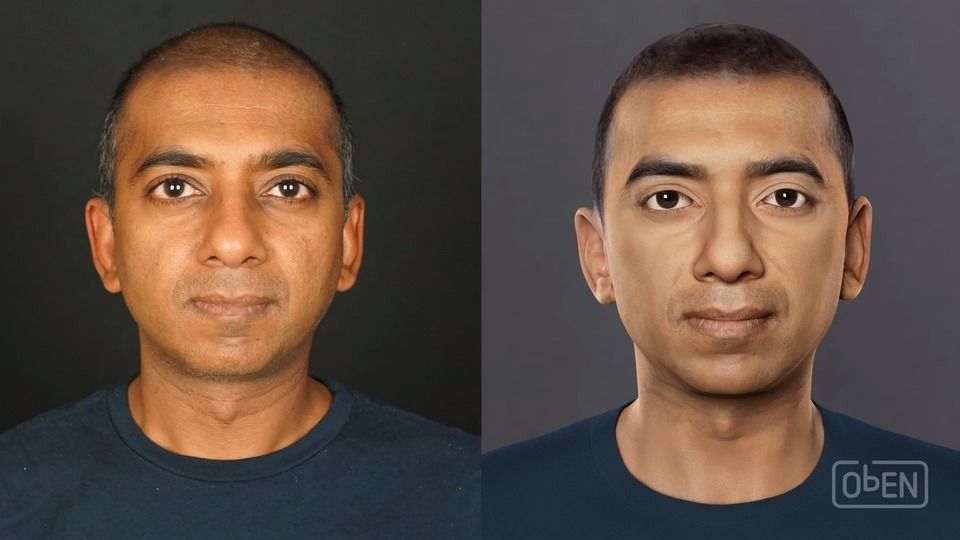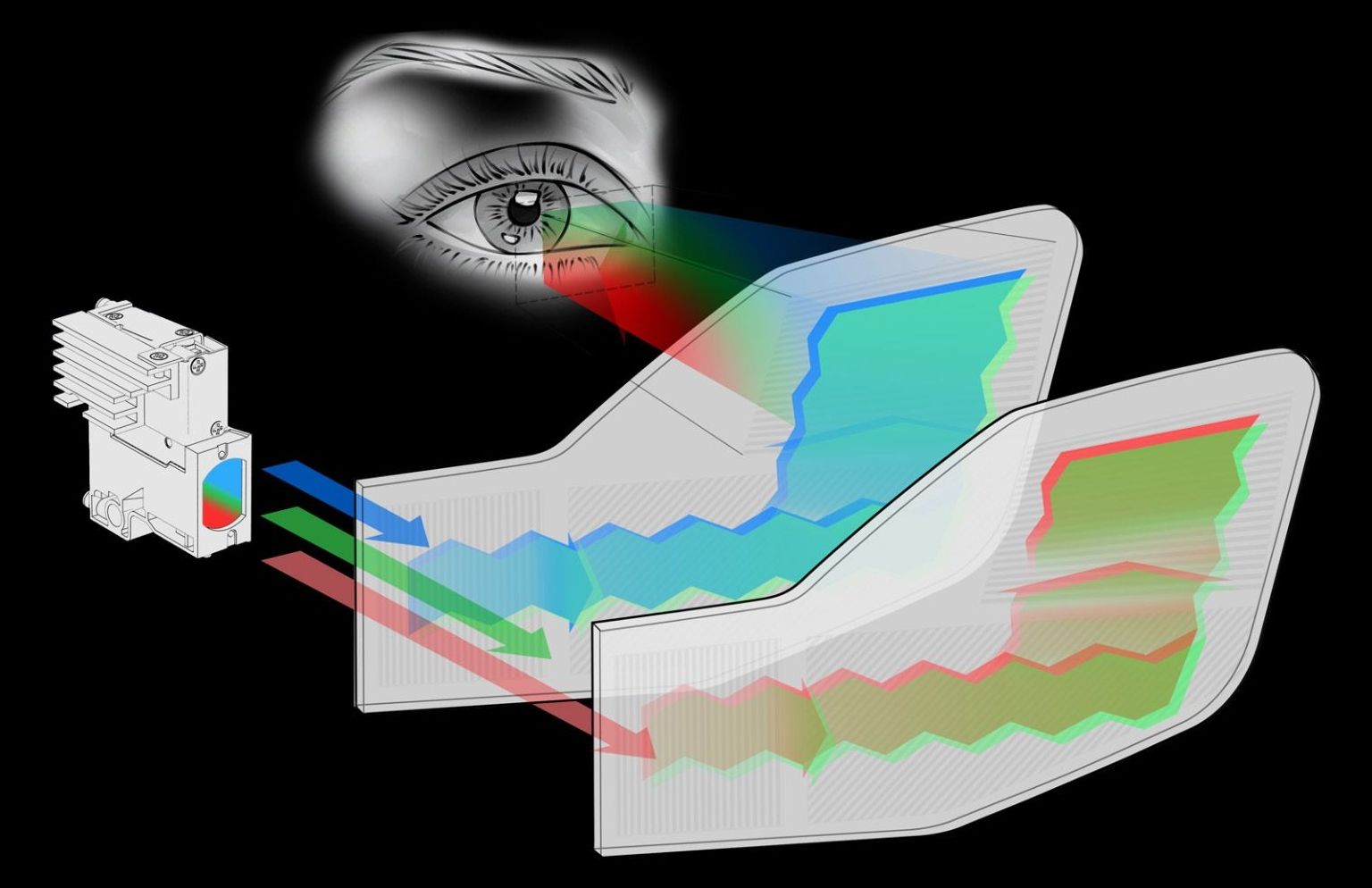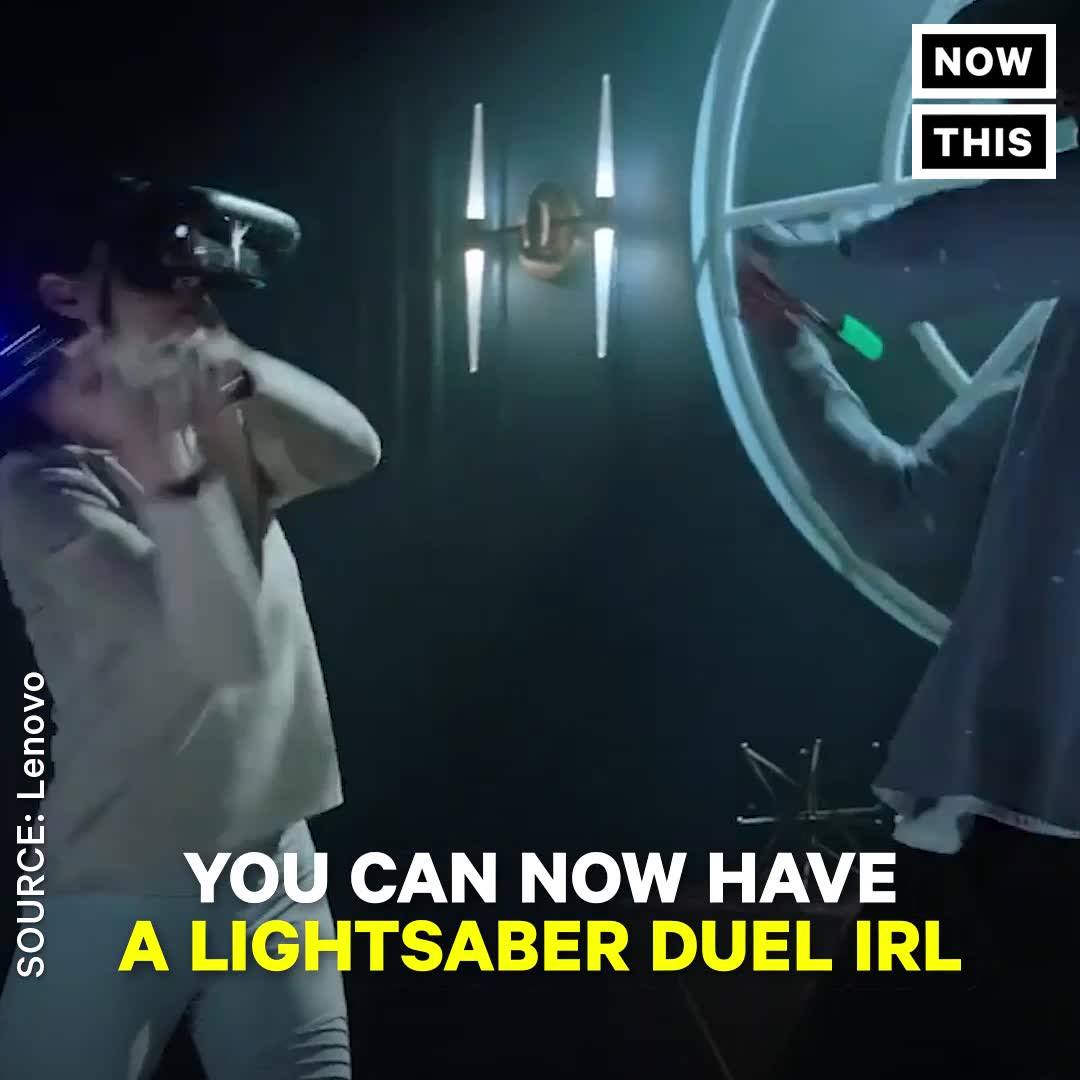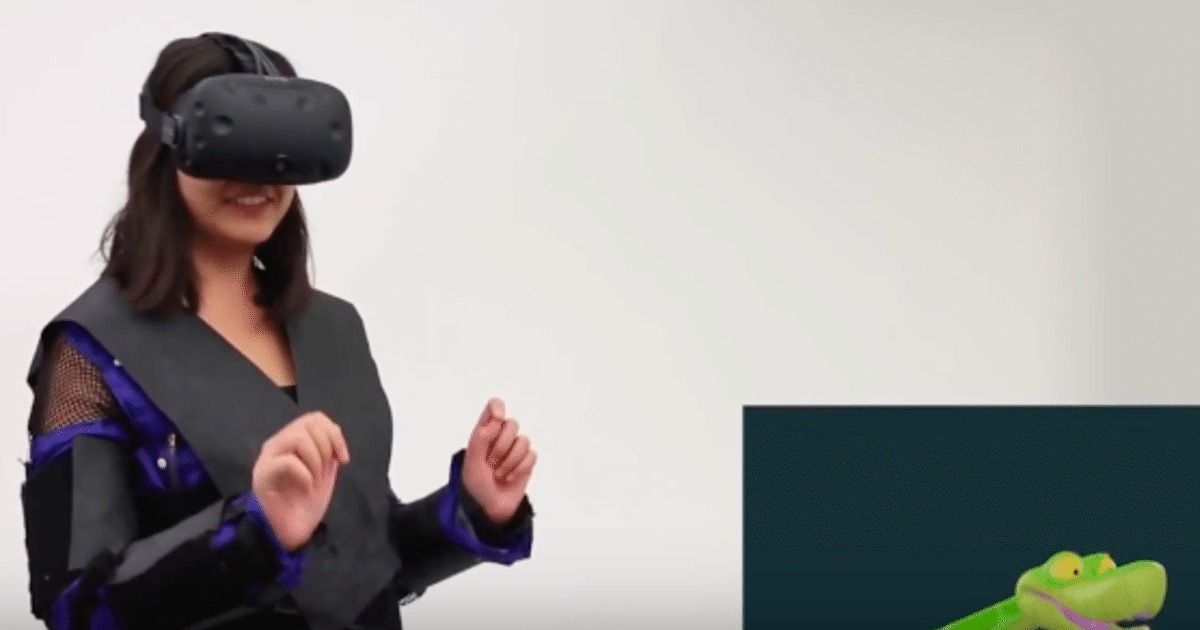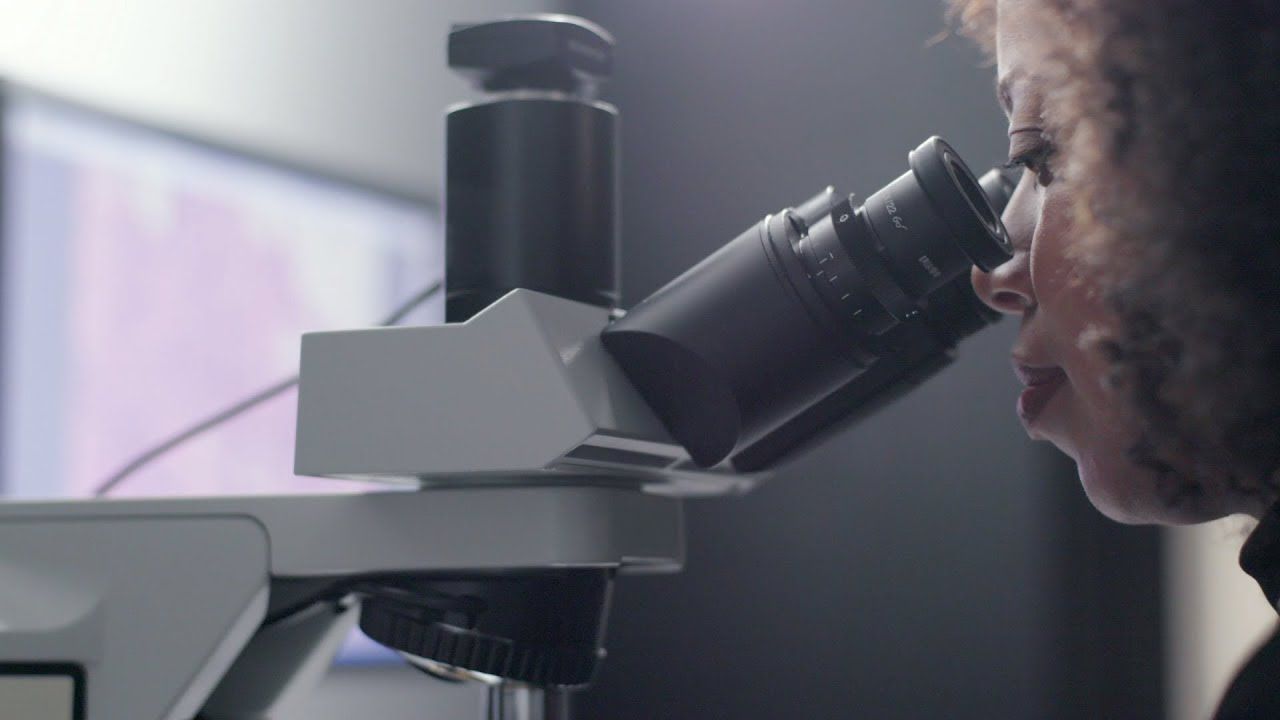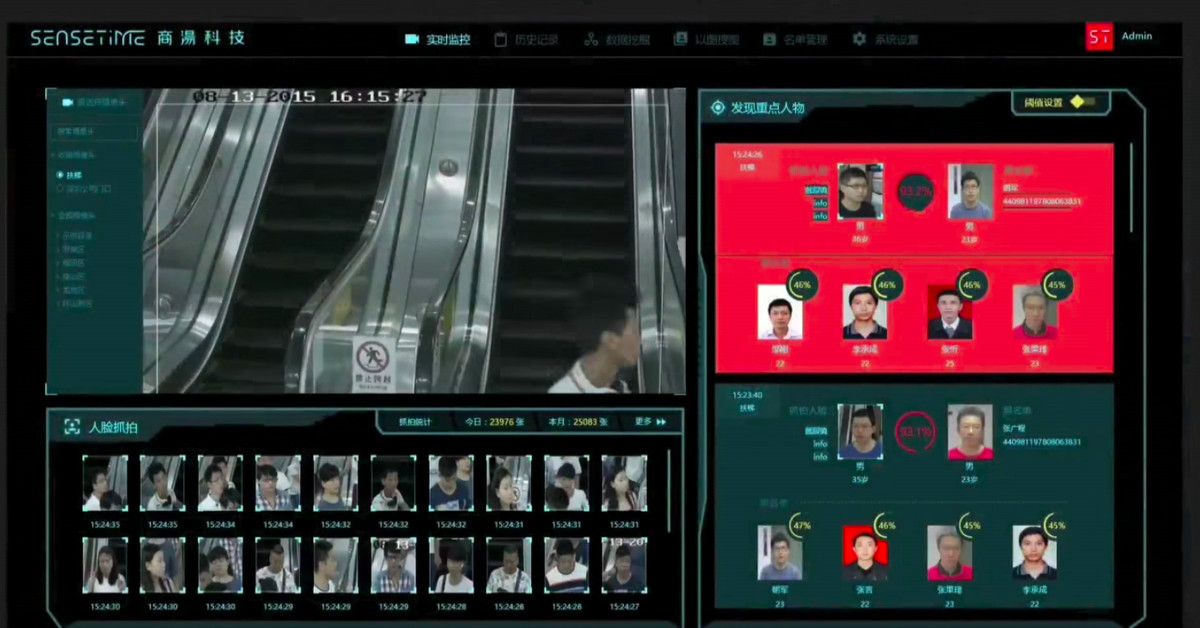Jun 24, 2018
How Virtual Reality Will Help Shape Our Psychedelic Future
Posted by B.J. Murphy in categories: 3D printing, augmented reality, economics, education, media & arts, robotics/AI, virtual reality
The famous psychologist Timothy Leary once referred to himself as a “surfer,” envisioning a future where, “[t]o study biology, you can press a button and make yourself part of the human body. You can become a white blood cell and learn about the circulatory system by traveling through an artery. You can call up the Prado Museum in Madrid and study Goya’s paintings.”
When I think about the future, I envision mass technological disruptions across the entire landscape. Artificial intelligence (AI) being embedded into the very fabric of our architecture and institutions, 3D printing transforming our socio-economic system from scarcity to abundance, and virtual reality/augmented reality (VR/AR) unleashing infinite potential in shaping our perceptions of reality.
Continue reading “How Virtual Reality Will Help Shape Our Psychedelic Future” »


